The UK should receive several meteorites each year but none have been found since 1991. That all changed on 28th February this year when a bright fireball was seen for seven seconds from all across the UK and from parts of Ireland and Belgium. The Winchcombe meteorite was the second to be recovered within the FRIPON network, and so made history for both FRIPON and for the UK.
SCAMP is the UK component of the FRIPON network, and recorded the fireball at 21:54:16 UTC from three very widely-spaced cameras – in Manchester, Cardiff (Fig. 1) and Honiton. FRIPON automatically calculated a trajectory and orbit and this indicated that a meteorite had probably fallen (Fig. 2).
Meanwhile, the UK Fireball Network (Part of the Global Fireball Observatory, or Desert Fireball Network) had recorded the fireball from three of its cameras in England – at Welwyn Garden City, Lincoln and Cambridge – and had also concluded that a meteorite had fallen.
The IMO/AMS (American Meteor Society) meteor reporting site received over one thousand public reports, including several reports of a sonic boom. At one point it looked as though this would be the most-reported fireball ever. The photo below (Fig. 1) is of the meteor’s train illuminated by the full moon on this clear, windless night. The AMS also concluded that there had been a meteorite fall but had access to data from only one meteor camera and so could not generate a very accurate trajectory from the public reports.
In the UK there are six active meteor and fireball networks who cooperate with each other to share data and recover meteorites, and together we established the “UK Fireball Alliance” or “UKFAll” in 2018. The aim was to find the next meteorite in much less than thirty years.
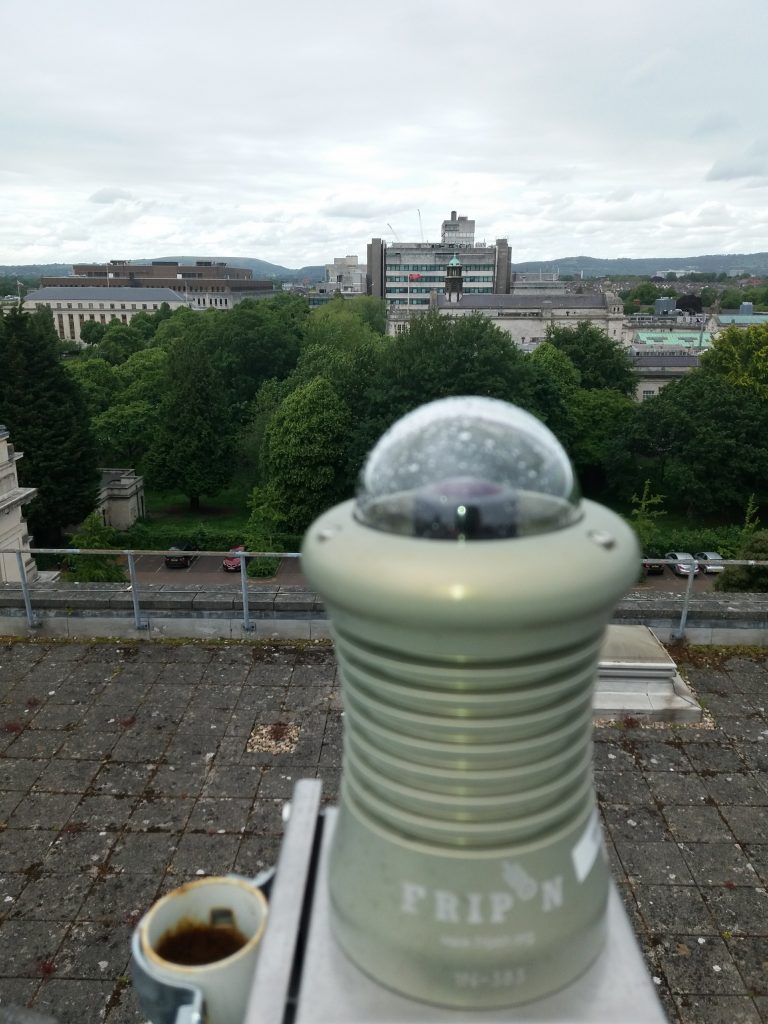
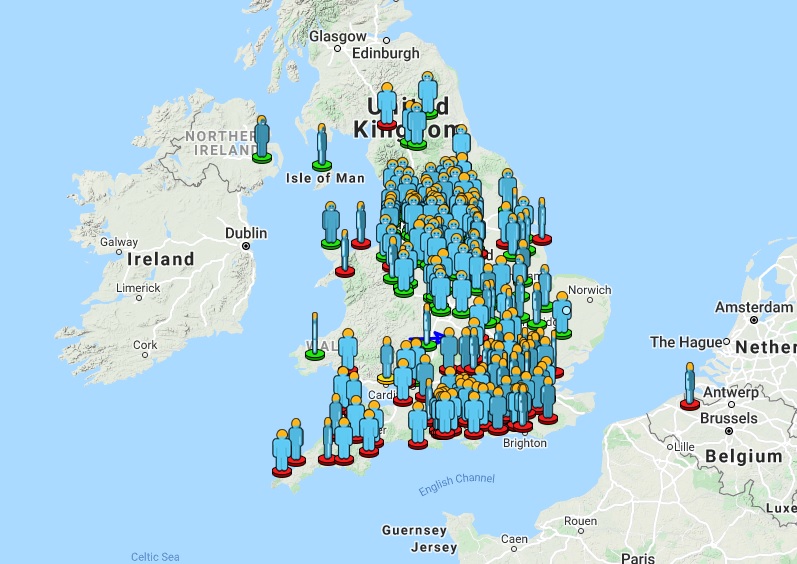
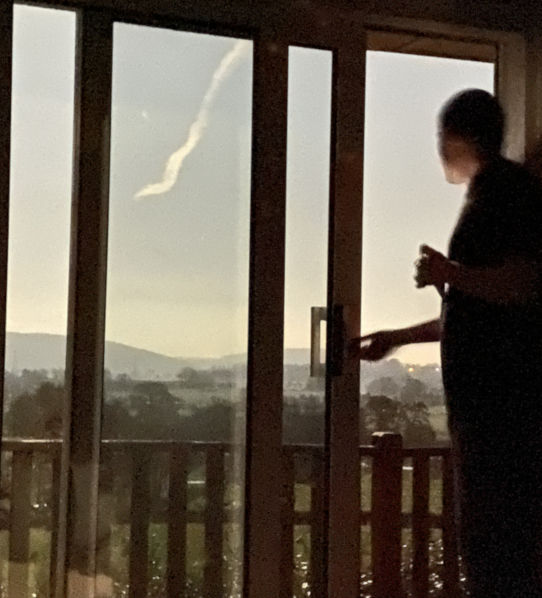
– FRIPON/SCAMP Cardiff camera. Credit Dr Jana Horák – National Museum Cardiff
– Observer map – IMO/AMS (American Meteor Society)
– Persistant trail. Credit : Craig O. (Via IMO web site)
In discussions early on the morning after the fireball, UKFAll members realised that covid restrictions would severely inhibit our recovery operation as the UK was in strict covid lockdown. We therefore decided to alert the media to an approximate fall area. Our initial map was of a huge 280 square kilometre area. If objects were reported in that area, we would know which were likely to be interesting. But the map would protect private property in the fall area from intrusion and hence increase the chances that the recovered samples would be used for scientific purposes.
By mid-morning the news media had picked up the press release and map, and by lunchtime several UKFAll members were on national television explaining what to do with suspected meteorites and who to contact.
In the meantime, most of the Winchcombe meteorite was sitting in a clean plastic bag in the house of Rob, Cathryn and Hannah Wilcock in Winchcombe. Hannah had heard a shattering sound outside at about 10pm and had looked out the window but hadn’t gone out to investigate. The next morning, she and her parents found a splatter of black rock on their driveway (Fig. 2). Hannah thought “has someone been driving around the Cotswolds lobbing lumps of coal into people’s gardens?”. Cathryn thought that perhaps someone had emptied a portable barbecue onto their drive.
Their son told them about the meteorite fall in the area and about how to recover it. So, Rob Wilcock bagged it and sent a photo to the UK Meteor Network, one of the members of UKFAll. No rain had fallen overnight, and so most of the 300g of fragments was therefore recovered in nearly pristine condition.
Sadly, no members of the public could be recruited for the subsequent search, but about fifteen members of the UK Planetary Science community each received health-and-safety signoff from their institutions to attend and then converged on Winchcombe. Three or four members of the public reported small finds. A lovely, nearly-intact 150g piece was found by searchers from the University of Glasgow (Fig. 2). Smaller fragments were found up until two weeks later, taking the total recovered to just over 500g.
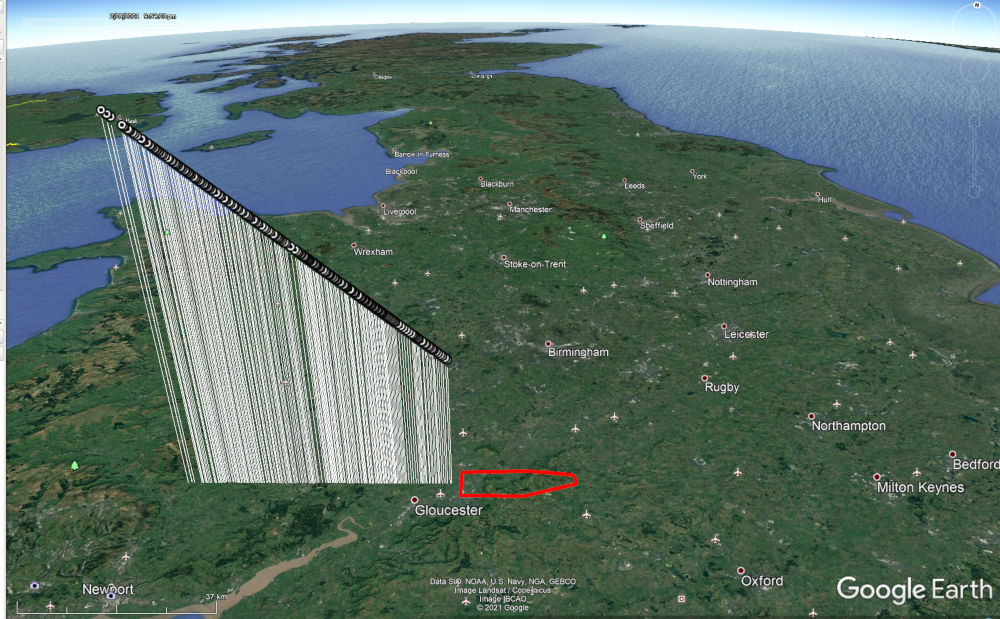
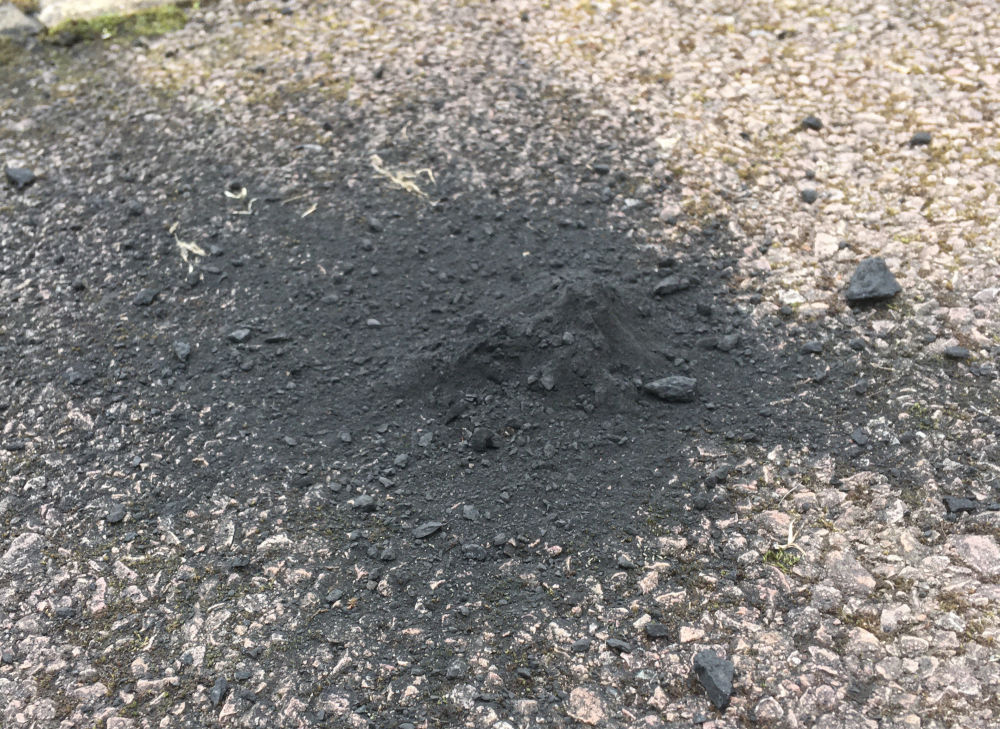
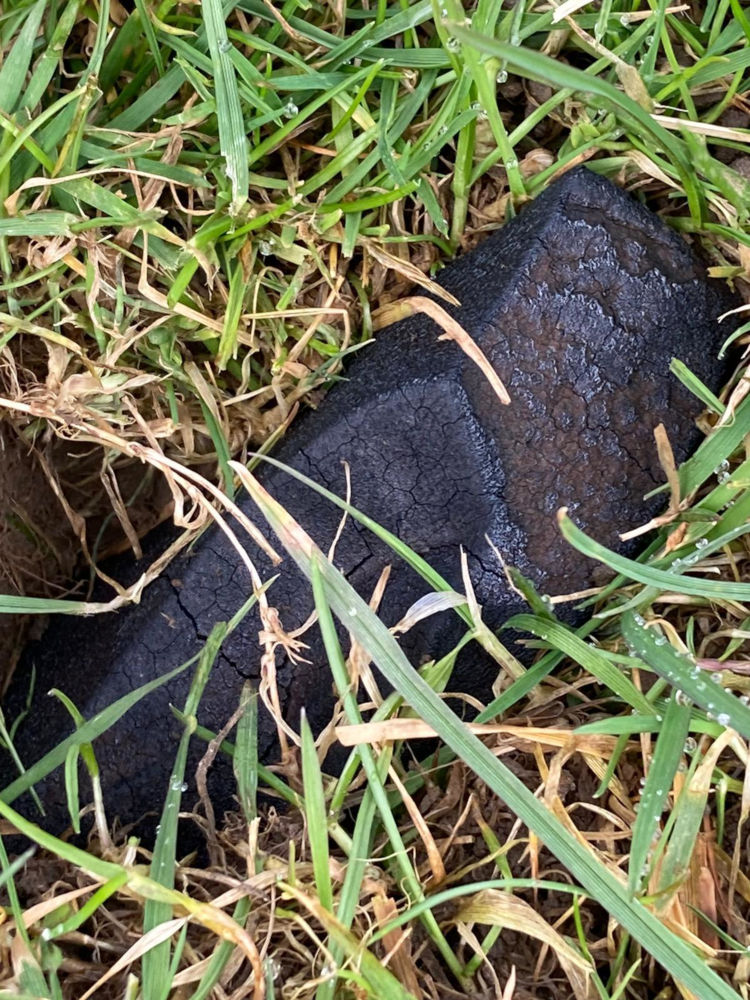
– Trajectory (Bright Flight) and strewn field. Credit FRIPON/SCAMP
– First recovery of Winchcome meteorite. Credit Rob, Cathryn and Hannah Wilcock
– 150g piece found by searchers from the University of Glasgow. Credit Dr Luke Daly
–
This unusual event is a success for FRIPON and for UKFAll. By identifying the fall zone and by getting the message into the public quickly, we prevented the meteorite from being thrown into the rubbish bin and hosed off the driveway. Instead we now have 500g of very fresh and unweathered carbonaceous chondrite to study, along with a very detailed trajectory and accurate pre-arrival orbit.
Hopefully it will be less than thirty years until we find the next one!
